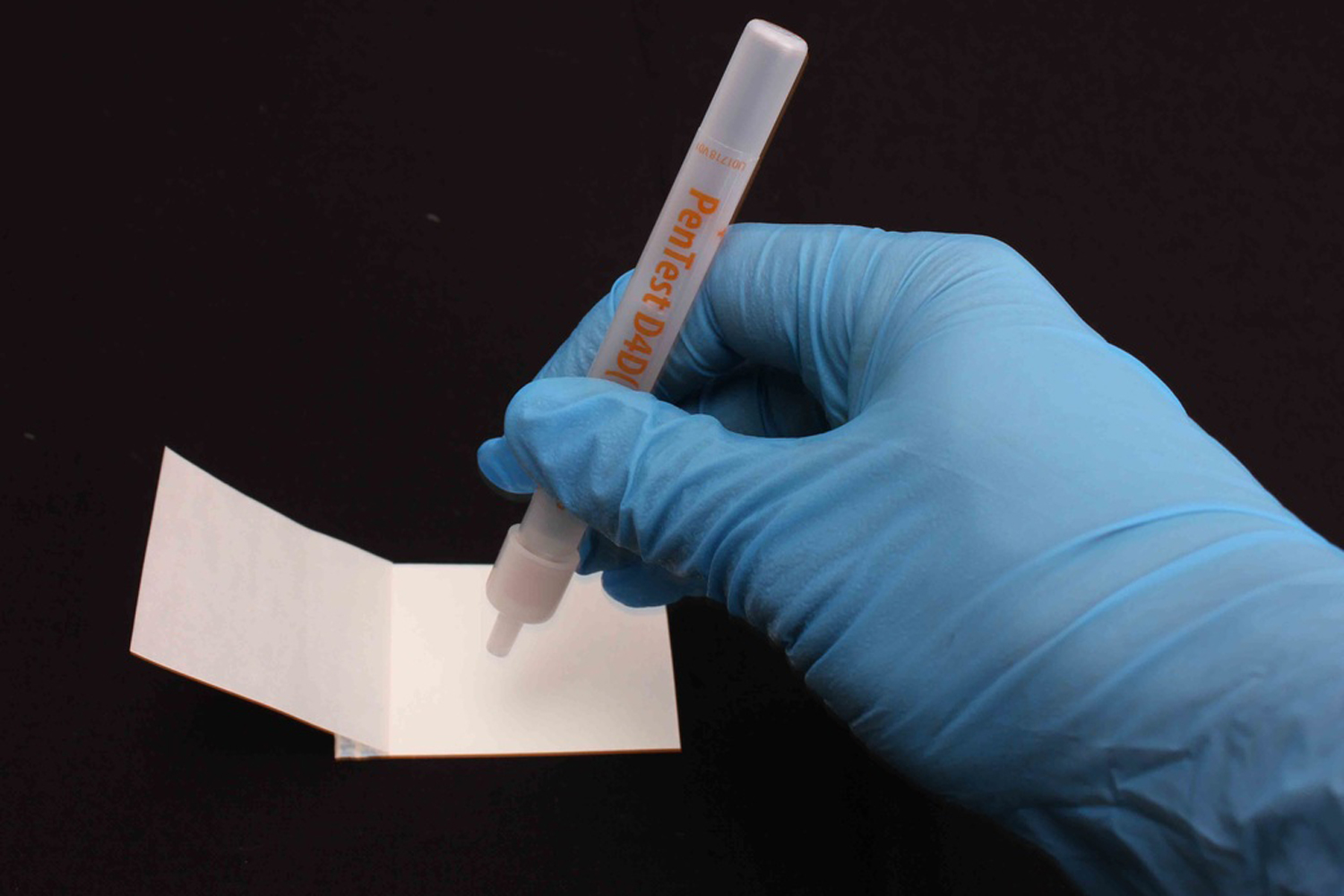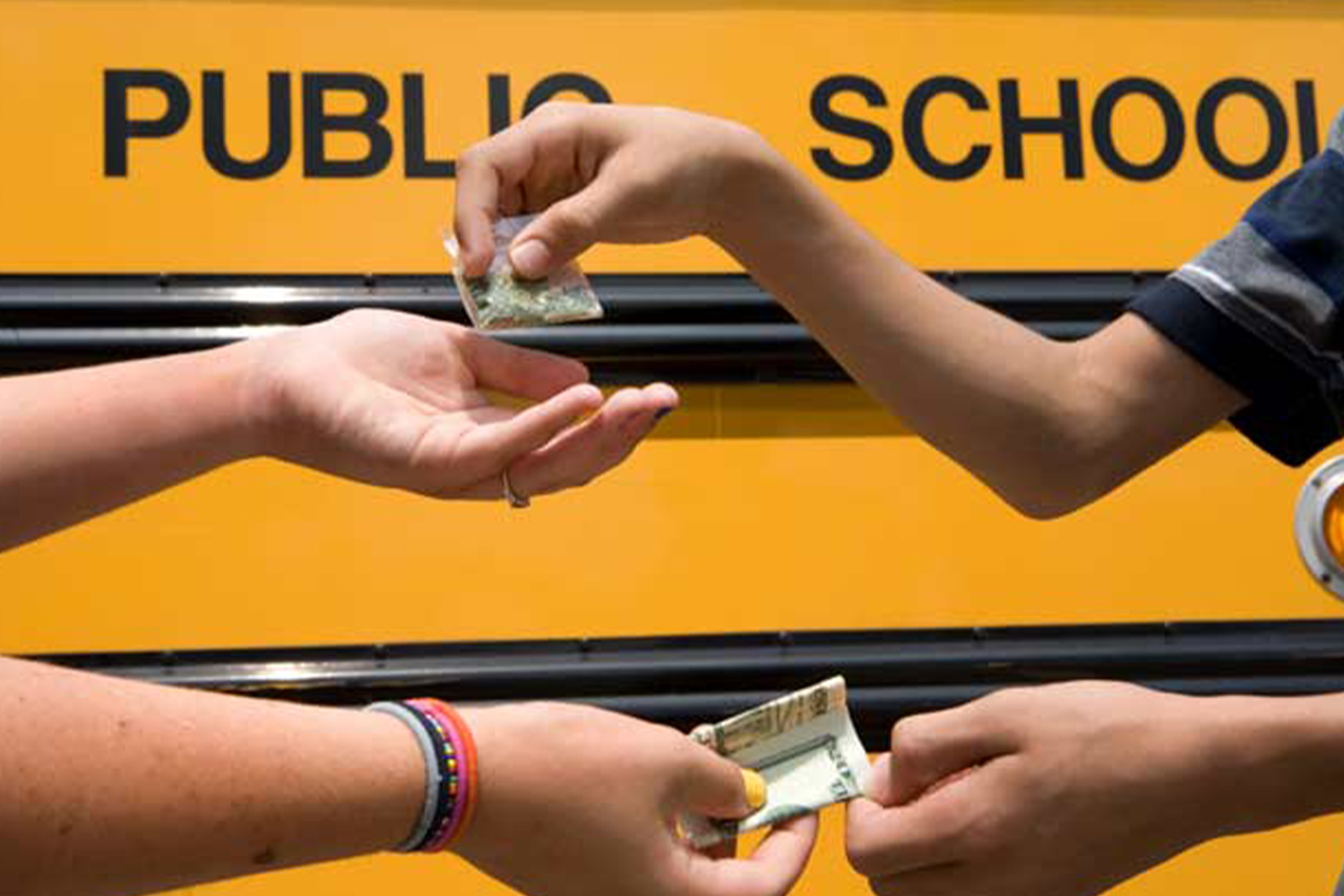It’s a commonly held misconception that the drug, ice, is mostly found in lower socio-economic areas, that it’s a drug mostly used by down-and-outs, or ‘meth-heads’ as they’re often referred to. In fact, nothing could be further from the truth.
Meth users are just as likely to be living in the most expensive suburbs, mixing with society’s high-flyers, and living ‘Champagne’ lifestyles as they are to be living in areas of high public housing, surviving on social welfare benefits, and living anything but a life of privilege. Because ice is a class’less drug.
A typical ice user may appear to most of us, the before and after police mug shots we often see in the media. The first photo is an ordinary looking person who you could pass in the street without noticing. The second, 6, 12 or 18 months down the track and the same person, their face thin, drawn out, and covered in sores. The meth-head image we typically think of.

When photo 1 was taken, they were being arrested quite possibly for some relatively minor offence, maybe related to their initial involvement with drugs. The second, when the addiction is complete and this previously ordinary average person has hit the bottom, or is close to it.
But in reality, a typical meth user may be someone you work with, play sport with, drink with, or are related to. In fact, there really is no such thing as a ‘typical’ meth user. They are everywhere in our society. A new study published in the Medical Journal of Australia shows there are 268,000 regular and dependent methamphetamine users in Australia. One of the study’s authors, Sarah Larney, said that five years ago the number of users was about 90,000.
Some are currently low-end users. Perhaps just a recreational, weekend or holiday user…….for now. Others are hard-core addicts. These are the people who not only have a significant drug dependency, but are usually the ones we hear about who cause the biggest issues in our community as a result of their use. They are the ones we hear about being involved in violence, drug dealing, theft and other drug-related or drug-fuelled crimes. And then there are the majority who are between, becoming more and more addicted with every ‘hit’.
Mostly we don’t hear about them but there are increasingly frequent media reports about those users, some high profile household names, others ordinary average people who, for whatever reason, took the first steps leading to a drug addiction that has had serious repercussions on their lives.
Recent headlines include:
Sport star at 12, ice addict at 15: Mum’s fears for daughter
Former Sydney emergency room doctor banned from practising medicine after admitting to ice addiction
Ben Cousins Arrested For Crystal Meth Possession
Canberra public servant turned to drug trafficking because of money problems, prosecutors allege
As ice becomes more available and cheaper to buy, this issue is not going to go away anytime soon. Although it hasn’t reached the epidemic proportions that it has in some countries, such as New Zealand, we are catching up fast here in Australia. Ice (methamphetamine) and Ecstasy (MDMA) is now more available than cannabis and has become the ‘drug of choice’ for many.
How to prevent becoming an accidental victim of meth
Buying a house – The meth contamination issue in New Zealand homes, especially those that have been rented has become so prevalent that some banks refuse to approve a mortgage, and insurance companies refuse to provide cover for a property until a certificate is cleanliness is provided.
There are many cases, both in Australia and NZ, of families purchasing a home only to find that it has been contaminated with meth by previous occupants. Once you buy the problem, you own the problem, and the costs of testing and clean-up can run into tens of thousands of dollars, as well as the heartache and stress of dealing with the problem.
If you are buying a house that is not brand new, you will have no idea whether previous occupants have contaminated the home with their meth residue. The only way to determine this is by testing. Include a clause in the Sale and Purchase Agreement, that the purchase is conditional on a clean meth test. Learn more here
Renting – For the same reasons a home buyer should be testing for meth, so you should also test before signing a rental agreement. Firstly, you want to be sure that the home is safe and healthy for your family to live in. Secondly, if the home is contaminated, you don’t want to be blamed if the landlord decides to test down the track. And thirdly, if the contamination levels are high enough, you will probably have to dump your furniture, kids toys, and anything else that’s come in contact with the residue. Learn more here.
You suspect someone you know may be using ice – It is a parents’ worst nightmare suspecting that a teenager may be becoming involved with drugs, or you suspect that a loved-one may be hiding a drug-using secret, or that an employee may be drug impaired.
Approaching the person with your suspicions is rarely going to be easy, specially if it is currently only a suspicion. Asking someone to take a drug test is a highly sensitive issue and can be fraught with potential pit-falls.
Users will leave minute traces of the drug on most surfaces that they come in contact with either through their sweat or from reside as a result of handling and using the drug. Conducting a surface test on items handles by the person can be carried out without their knowledge and will provide proof that they have been in contact with drugs. Further urine and saliva testing can be carried out for confirmation and as an ongoing deterrent against further use.
At Narcotect, we recommend that professional advice be sought if you suspect that someone you know is using drugs and you want to help them.
Narcotect support and sponsor Australian Anti Ice Campaign. We recommend them as your first point of contact.

For further advice on drug testing products and how to do your own drug testing, please contact Narcotect at (07) 3040-8033 or info@narcotect.com.au



